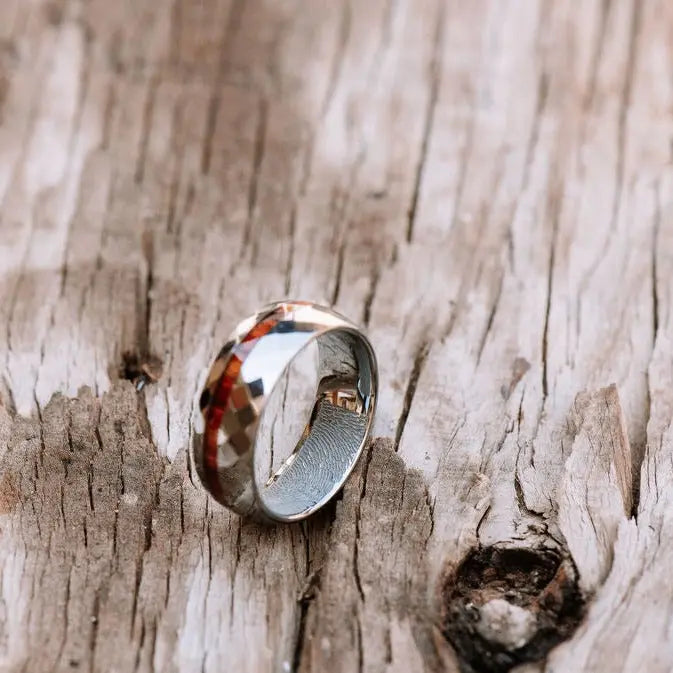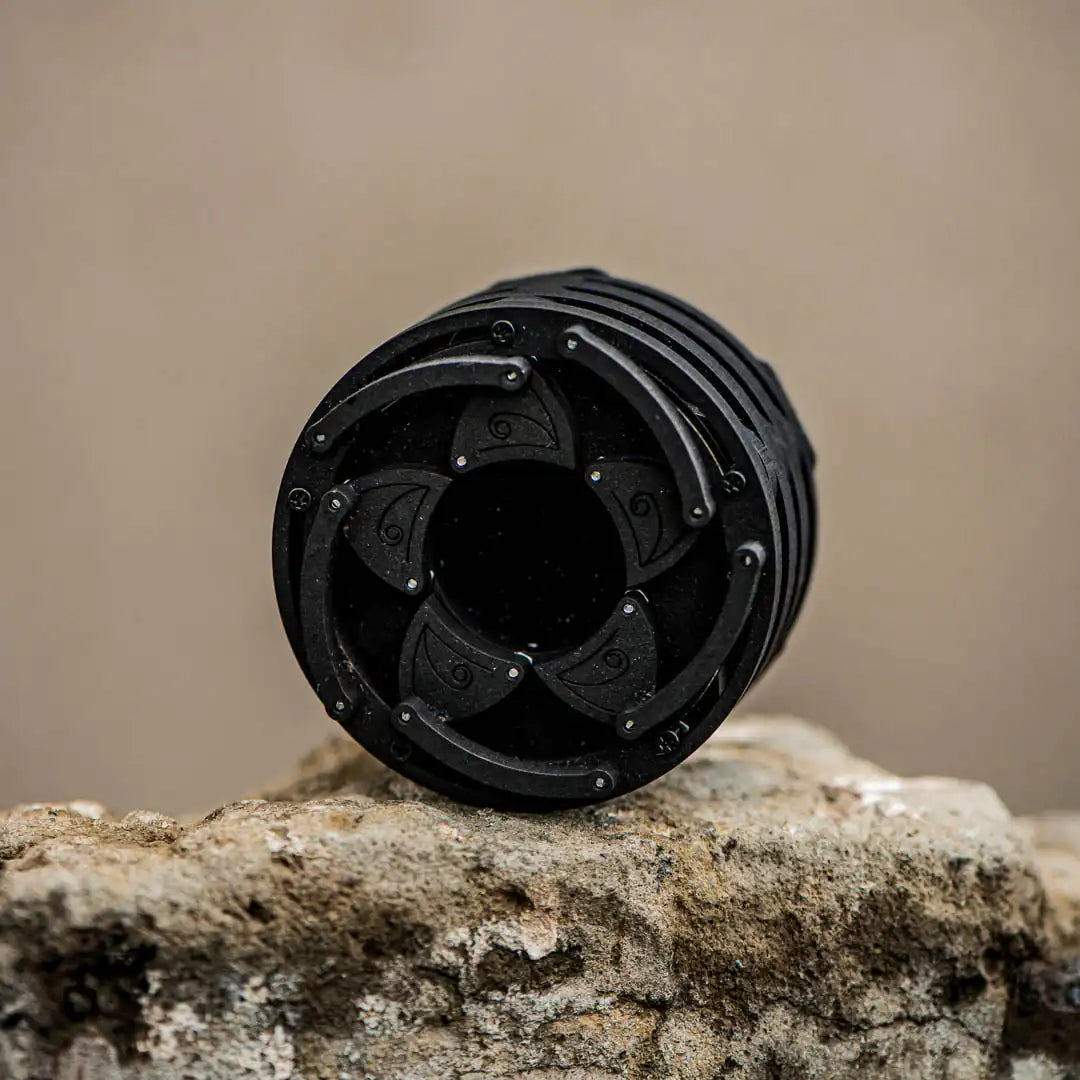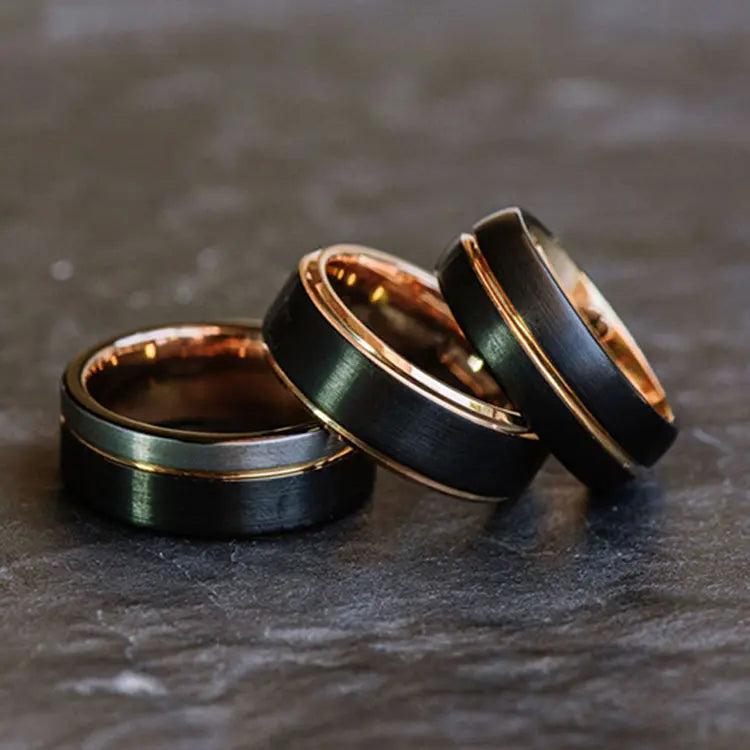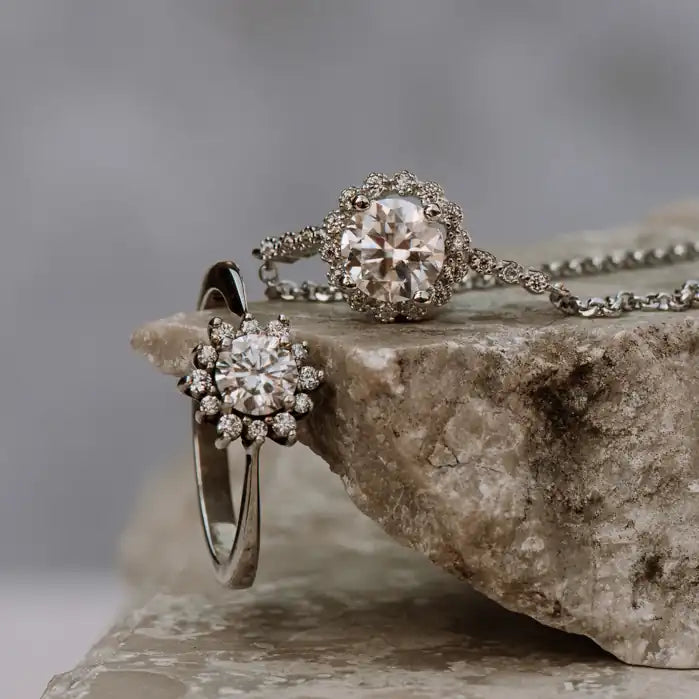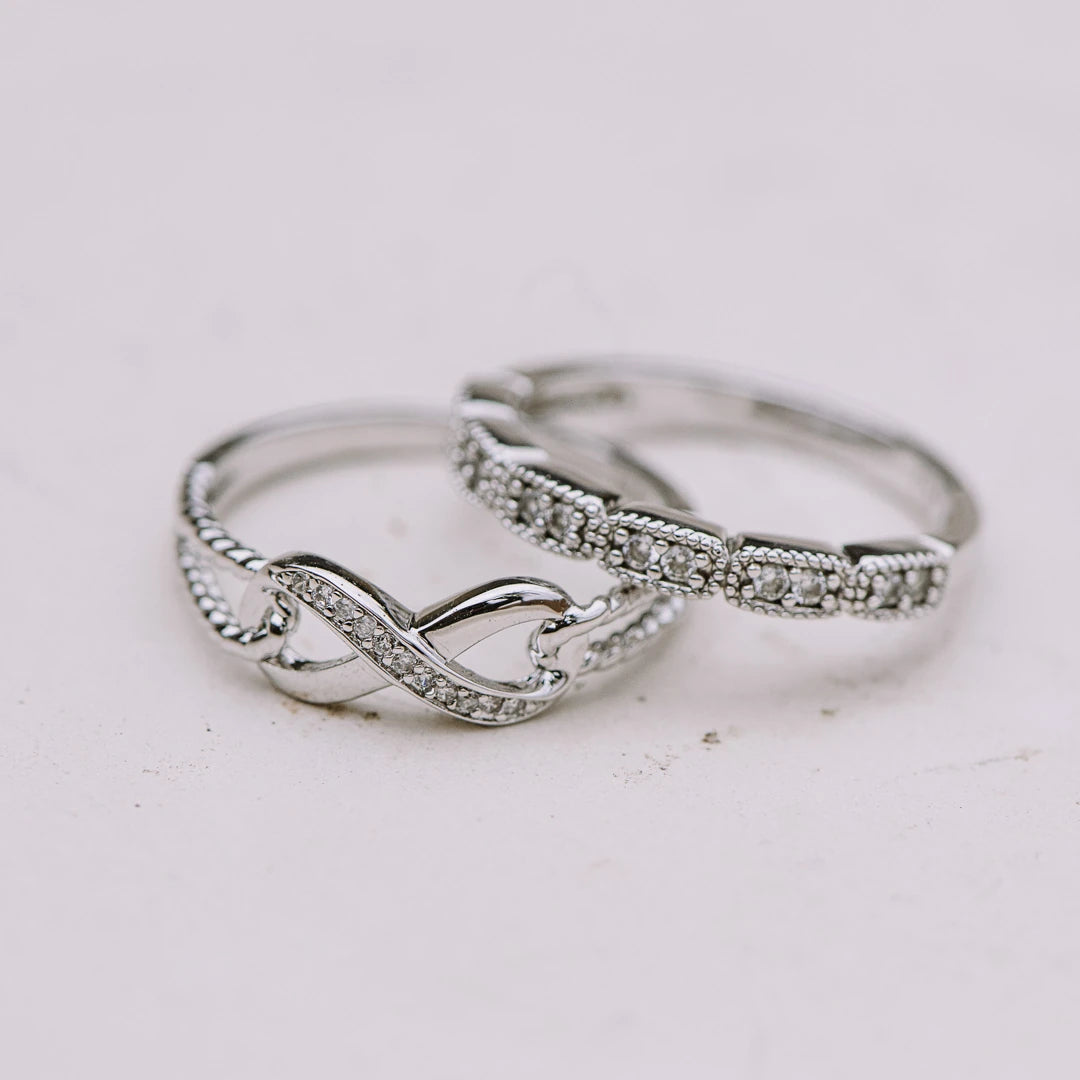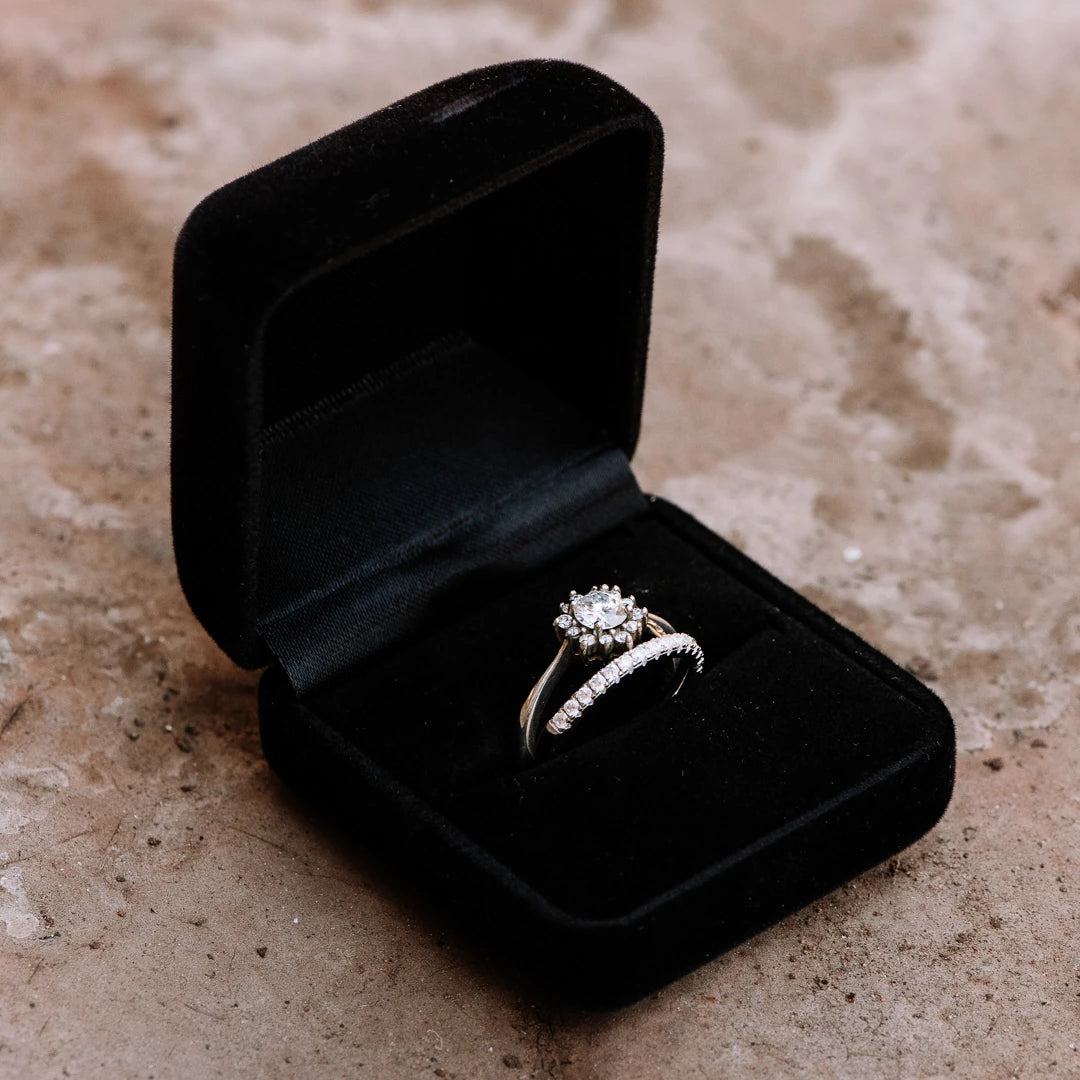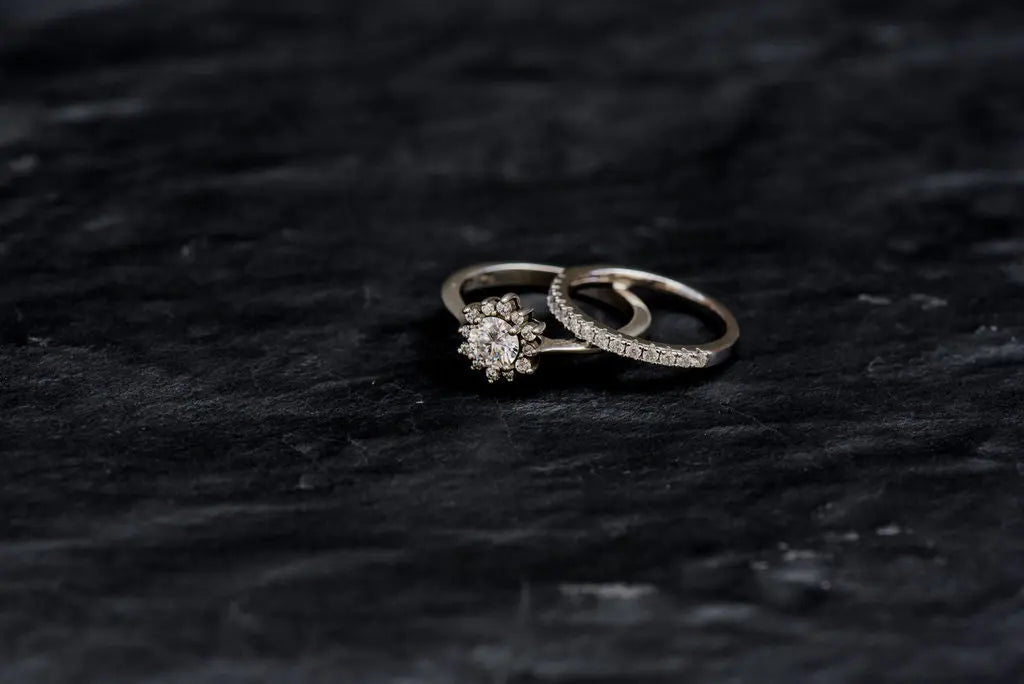Many people are starting to lose the love of natural diamonds due to the environmental impact they have on our planet. To understand the severity of mining real diamonds, it’s estimated that around 250 tonnes of earth is dug for a single carat of diamond. This is an astronomical amount, and that’s why many people within the industry have invested money in finding out how to create lab-made diamonds.

A Lab-made diamond is simply a diamond created in a lab. It doesn’t require any digging, just some very intelligent people, chemicals, and the appropriate processes.
The founder of lab-made diamonds goes by the name of Meghan Markle back in 2019. She mentioned that the first batch of lab-grown diamonds took around five days to grow and stressed the fact that it’s much better for our environment. Here are some benefits that our planet can receive from lab-grown diamonds.

Don’t get me wrong, the above benefits are superb, but lab-grown diamonds also come with various disadvantages also.
Diamonds are expensive and desired because of their rarity. When wearing diamonds, people are meant to feel luxurious and well-off. However, lab-grown diamonds can be mass-produced. While you can still control this, it can quickly get out of hand.
This is because if only lab-grown diamonds existed, people could mass-produce them, which would plummet the market price.
But I think we’re far away from this becoming an issue, and for now, lab grown diamonds are just a new trend that may or may not become popular. It is certainly a much greener and safer way to develop diamonds. However, it won’t ever hold as much luxury and prestigious feeling like a real mined diamond as we have in today’s world.



